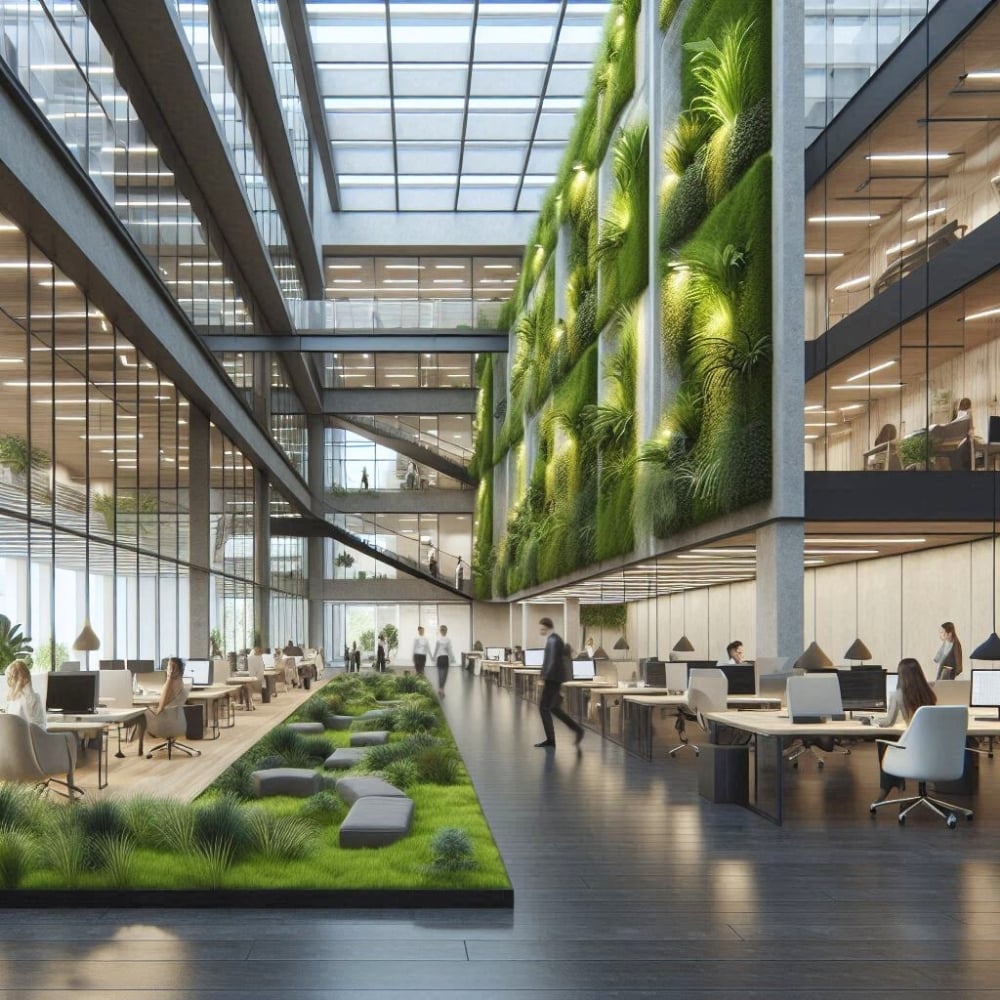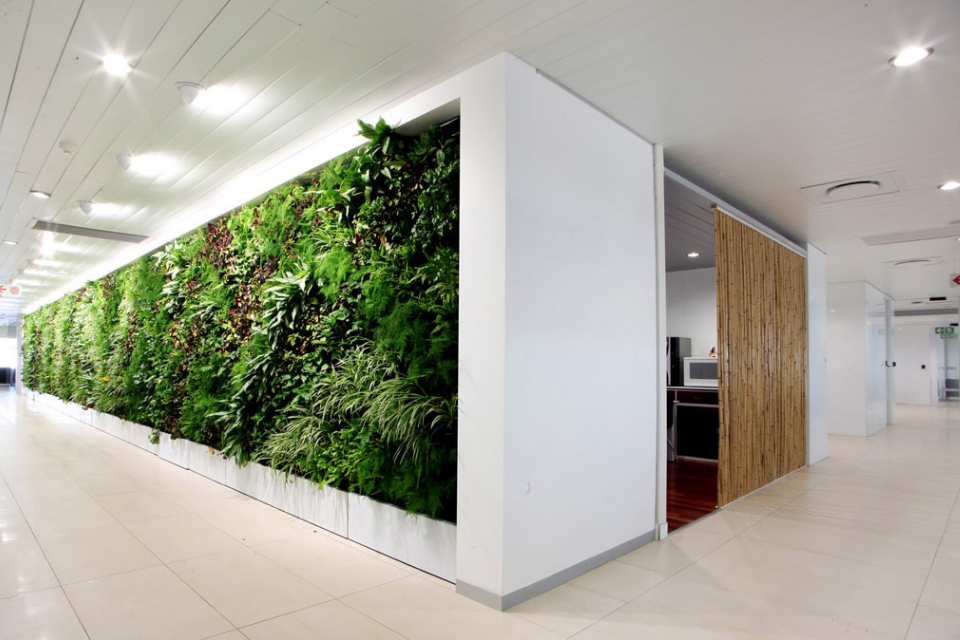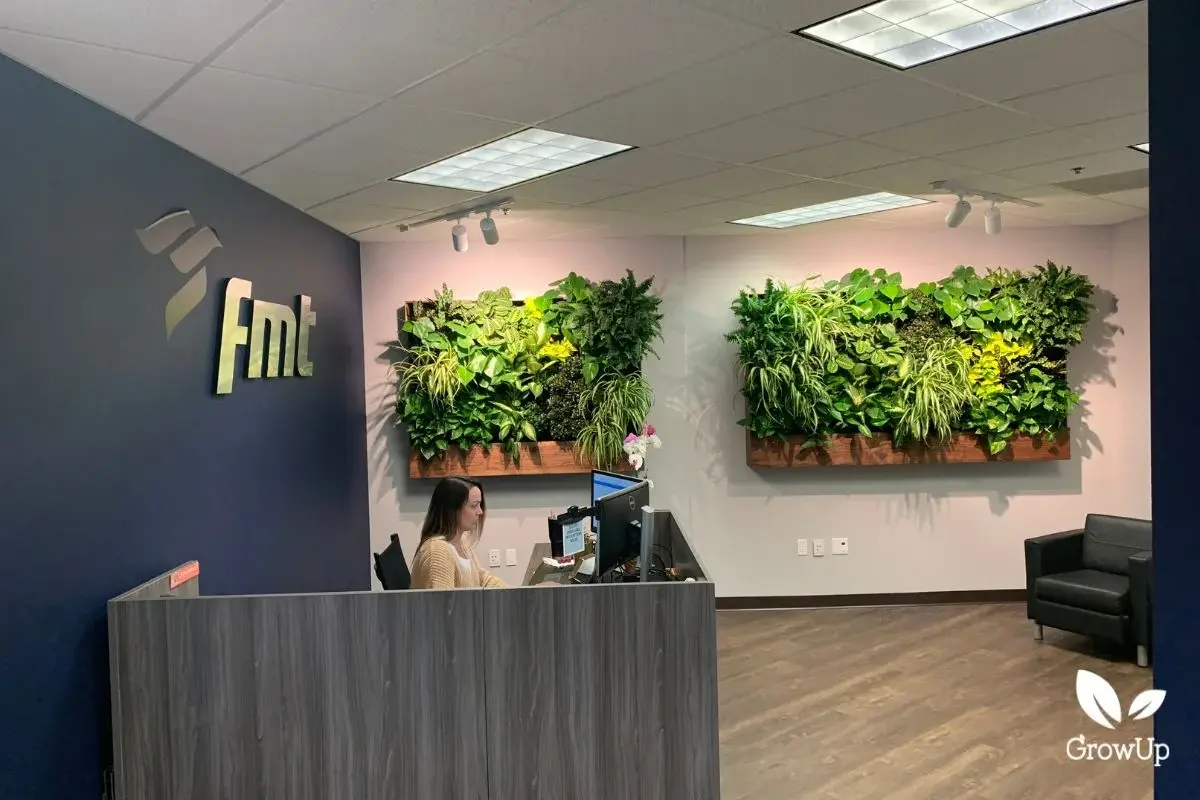Introduction: A New Era for Design
Artificial Intelligence is transforming nearly every industry it touches—and building and interior design are no exception. What was once a field defined by hand sketches, personal intuition, and lengthy client revisions is now rapidly evolving into a tech-forward discipline that leverages data, algorithms, and generative tools. From conceptual moodboards to photorealistic renderings, AI is helping designers, architects, and even homeowners visualize and realize their ideas faster and with more personalization than ever before. As Elle Decor notes, even high-end interior designers are experimenting with AI to streamline workflows and inspire creativity, ushering in a new hybrid future where human expertise is augmented—not replaced—by smart tools (Elle Decor – AI Is Coming for Interior Design, But That’s Not a Bad Thing)
What Is AI's Role in Interior Design?
At its core, AI in interior design functions as both an assistant and a creative collaborator. It helps generate layout suggestions, color palettes, furniture combinations, and décor options based on user inputs or predefined styles. These tools, like InteriorAI, RoomGPT, and Planner 5D, use algorithms to analyze design trends, spatial constraints, and aesthetic preferences, delivering tailored results in seconds. According to Apartment Therapy, even homeowners with little to no design background are tapping into AI to reimagine their spaces quickly and affordably (Apartment Therapy - AI Interior Design Is Trending, and I Tried It). Whether refining an office floor plan or drafting multiple living room concepts, AI dramatically shortens the idea-to-visualization timeline, while also offering fresh design perspectives that humans might not have considered on their own.
 Bing AI Image Generator
Bing AI Image Generator
Generative AI in Practice
Generative AI takes things one step further by using advanced models to create entirely new visual assets from scratch—be it a reimagined room layout, a custom-designed sofa, or a futuristic architectural façade. Tools like Midjourney and DALL·E can produce high-quality images from simple text prompts (“modern boho kitchen with natural textures”), enabling designers to rapidly prototype ideas before a single piece of furniture is purchased. Matterport’s Cortex AI goes a step beyond still images, using 3D spatial data to build immersive, walkable digital twins of real spaces—an innovation that’s becoming increasingly valuable for architects and commercial developers (Matterport Blog - How Generative AI Is Changing Interior Design). As noted in Matterport’s blog, this technology not only improves visualization but enhances collaboration across remote teams, who can now view and modify designs in real time.
Case Studies & Industry Adoption
AI is no longer just a buzzword in design—it’s actively being adopted by professionals and tech-savvy homeowners alike. In the luxury real estate world, firms like Zaha Hadid Architects are using AI to accelerate their design output, reporting the ability to develop and refine proposals at twice the speed using custom generative tools. Meanwhile, companies like Skipp and Digs are making AI-powered home renovations more accessible by offering platforms that let users upload photos, define their preferences, and receive full design packages complete with pricing and 3D visuals (The Wall Street Journal - Stressing Over Your Next Home Renovation Project? Let AI Handle It.). On the residential side, virtual-first design studios are also emerging. For example, some digital-only firms are creating entire properties—like Villa Saraceni—through AI-generated imagery and 3D models before breaking ground. These examples demonstrate not just increased speed and efficiency but also a new design paradigm where AI enables remote collaboration, iterative ideation, and creative experimentation at scale.
 ChatGPT AI Image Generator
ChatGPT AI Image Generator
Benefits & Opportunities
The most immediate benefit of using AI in interior and architectural design is speed. What once took weeks—creating moodboards, sourcing materials, generating multiple room layouts—can now be done in a matter of hours. This means fewer delays, faster approvals, and more time for refinement. But beyond efficiency, AI introduces exciting, creative possibilities. Generative tools can produce designs that transcend traditional human limitations, combining styles, materials, and spatial solutions in unexpected ways. As noted by Architectural Digest, AI isn't just a shortcut—it’s a creativity booster (Architectural Digest - Generative AI Can Help You See Design in a New Way). Additionally, AI can support sustainability efforts by helping designers model material usage, energy consumption, and waste reduction from the early planning stages. By optimizing resources and reducing physical prototyping, AI empowers designers to create more sustainable, future-forward spaces.
Challenges & Ethical Considerations
Despite its advantages, AI’s rise in interior design raises important questions about creativity, authorship, and ethics. On platforms like Reddit, designers frequently voice concerns about whether AI will eventually replace the nuanced judgment and emotional intelligence that human designers bring to the table (Reddit - Is There a Possibility of AI Taking Over Interior Design?). There are also legal concerns, especially when it comes to intellectual property. Many AI tools are trained on existing designs, raising questions about originality and potential infringement. Moreover, the use of client data to train AI systems requires careful handling to avoid privacy violations. And while AI can suggest appealing layouts or furnishings, it doesn’t (yet) account for all real-world considerations, such as structural limitations, building codes, or the lived experience of a space. In short, while AI can assist and inspire, it cannot fully replace the human-centered approach that defines great design.
 Gemini AI Image Generator
Gemini AI Image Generator
Conclusion
As we've seen, AI is rapidly becoming an integral part of modern design workflows, speeding up processes, unlocking creativity, and offering scalable solutions for professionals and homeowners alike. But with these new tools come important questions about where human creativity fits in and how we can responsibly harness technology. In Part Two, we’ll explore what the future holds for the human-AI design relationship, the emerging trends reshaping how we build and furnish our spaces, and practical ways designers and homeowners can begin integrating AI into their own design journeys.
Don't miss out on reading Part 2. Subscribe to our blog to get updates when we post.


![Budget Savvy: A Greenwall For Your Office Redesign [UPDATE]](https://blog.growup.green/hubfs/Imported_Blog_Media/Untitled-design-640x427-2.png)
